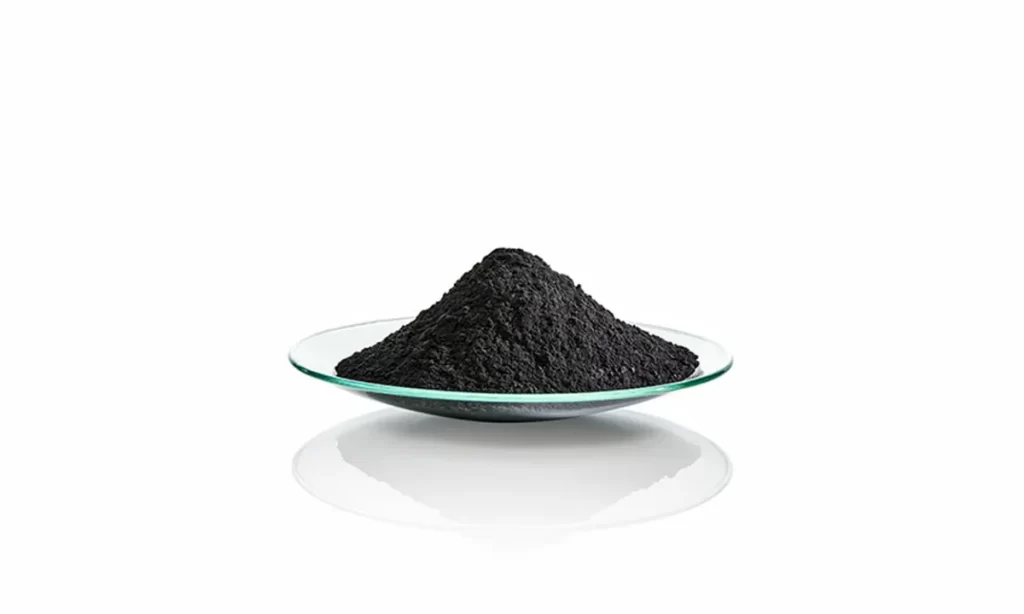High value-added comprehensive utilization of metallurgical solid waste

Metallurgical solid waste refers to various wastes generated during the production process, mainly including waste slag, wastewater, waste gas, etc. Metallurgical waste slag includes steel slag and furnace slag, etc. Different waste slags have different compositions and properties. For example, steel slag contains iron oxide and furnace slag contains silicate. Relevant staff need to choose appropriate treatment measures according to their different characteristics.
Wastewater refers to the water discharged during the metallurgical production process, usually from cooling and washing work links. Wastewater contains more pollutants and the overall composition is relatively complex. It contains a high content of organic matter and heavy metals. Only by taking scientific and reasonable treatment measures can the wastewater meet the emission standards.
Waste gas refers to the gas discharged during the combustion stage of metallurgical production, including harmful gases such as sulfur dioxide. Direct emission of waste gas not only affects human health, but also damages the ecological environment. Therefore, it is necessary to adopt appropriate purification technology to reduce the content of harmful substances in waste gas and meet environmental protection needs.
First of all, in the process of treating waste slag, because it contains more metals, by taking measures to recycle and reuse, the amount of ore raw materials mined can be reduced, saving energy while avoiding damage to the ecological environment. At the same time, it is also conducive to reducing resource consumption, reducing overall carbon emissions, and effectively protecting the natural environment. Secondly, by treating waste gas and wastewater, the effect of ecological environmental protection can be optimized. Treating wastewater can reduce the content of pollutants in wastewater, avoid harming the overall water environment due to the discharge of wastewater, and protect aquatic plants and animals at the same time. Finally, from an economic perspective, general resource utilization can guarantee the economic benefits of the metallurgical industry, bring new development opportunities to the metallurgical industry, reduce the cost of metallurgical production, and ensure the comprehensive benefits of metallurgical enterprises, so that they can improve the circular economic development model and smoothly achieve the sustainable development goals of enterprises.
The high value-added comprehensive utilization of metallurgical solid waste faces great challenges. Due to its complex process and deep industry knowledge involved, although it has been applied in the actual production process, there are still some shortcomings. Therefore, it is necessary to increase the research efforts on the high value-added comprehensive utilization technology of metallurgical solid waste. The screening and magnetic separation technologies for the comprehensive utilization of waste slag are conducive to the efficient extraction of metal substances in waste slag, but it is currently difficult to separate and treat specific components. In the process of extracting waste slag metals, chemical treatment technology plays an important role, but it is still necessary to strengthen the treatment of complex components and heavy metals. When treating wastewater and waste gas, adsorption technology and biodegradation technology play an important role, but it is still difficult to degrade heavy metals and organic matter. In addition, the existing recycling processes still have the problem of low economic benefits. The high investment cost of some advanced processes limits their promotion. The disposal requirements of various types of solid waste are different, and some methods can only be used for a certain type of solid waste, which restricts the promotion and application of this method. Although there are many shortcomings in actual work, the comprehensive utilization of metallurgical solid waste has also brought new development opportunities. Through continuous technological innovation and improvement, metallurgical enterprises can solve the current problems they are facing. Through the continuous development of new processing technologies, it is conducive to the efficient processing of resources, promoting the development of the metallurgical industry in the direction of green environmental protection and achieving sustainable development goals.
